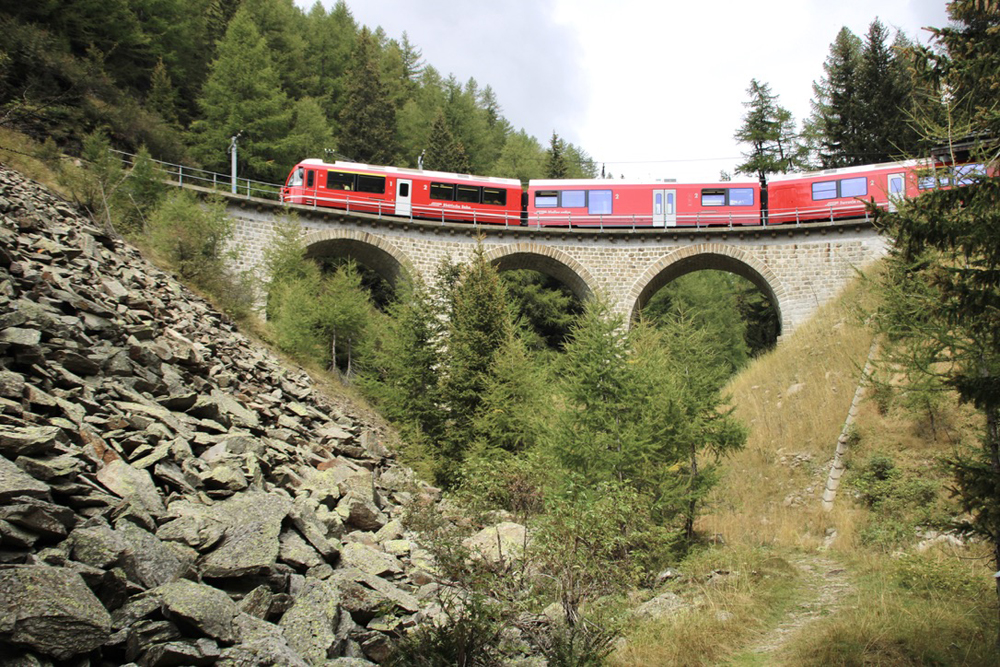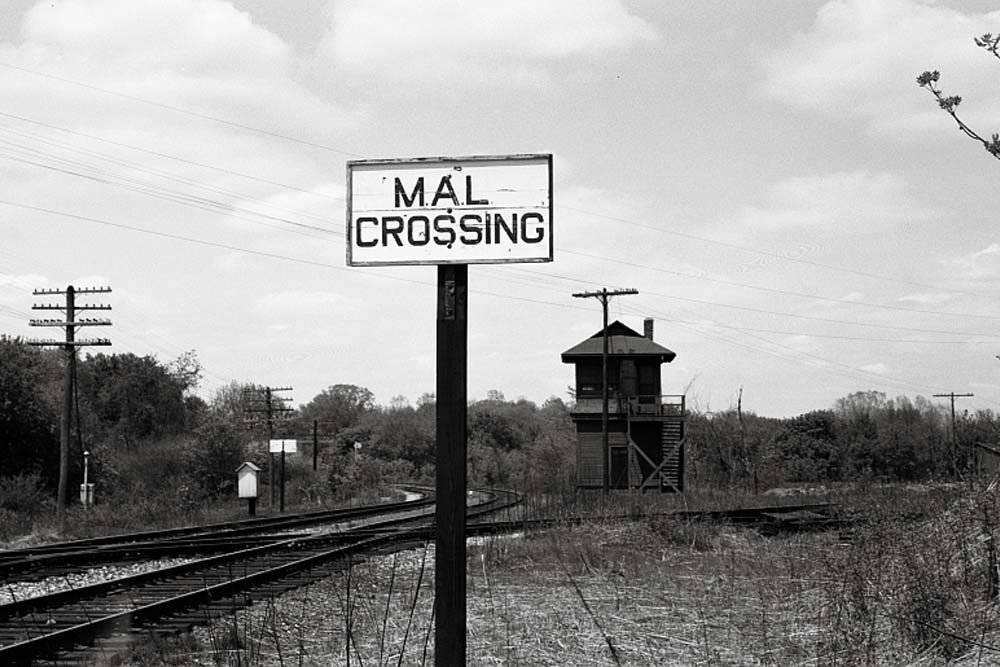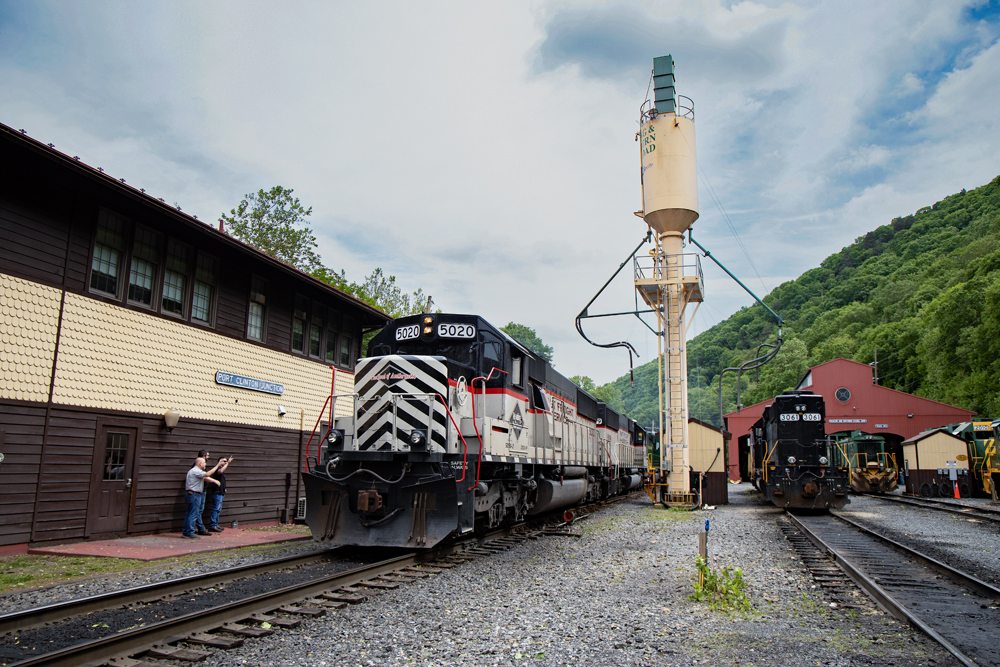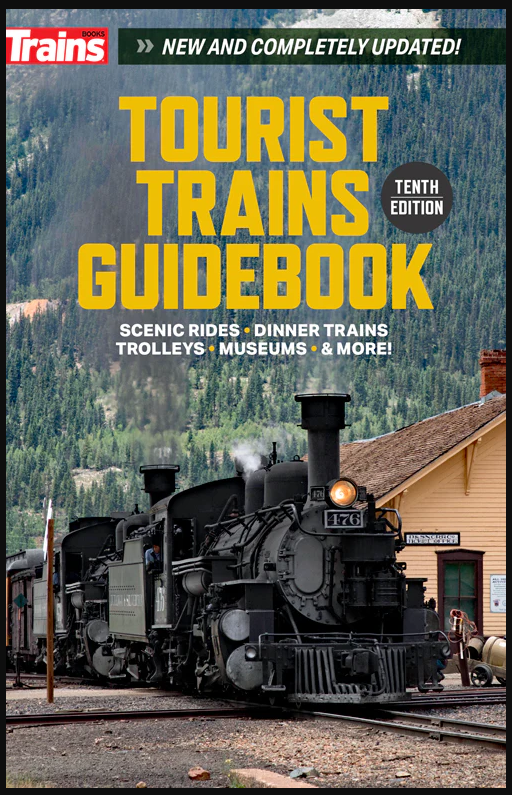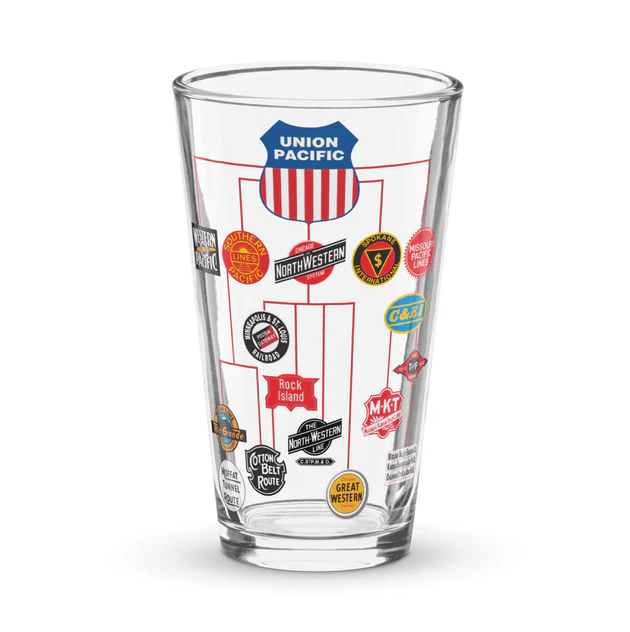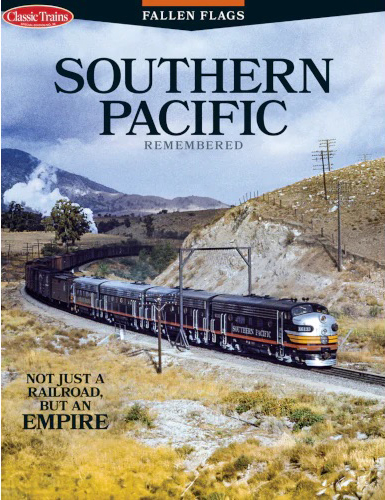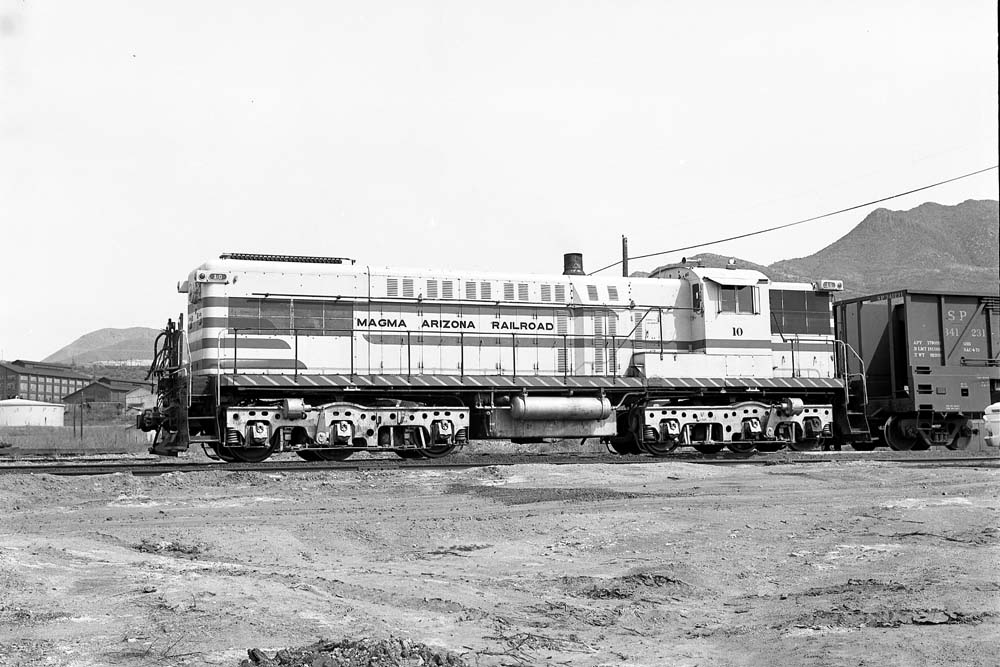
There is always the story of the locomotive that got away. For years back in the late 1960s, whenever I was in southern Oregon (due to my Air Force status), I stopped by the McCloud Railway and, with camera in hand, one by one knocked off their diesel fleet and cars. Except Baldwin Locomotive Works DRS-6-6-1500 No. 29.
“Where’s the 29?” I would ask. Invariably it was out of town, stuffed in the shop area, or surrounded by the other sleeping locomotives. Or the always frustrating, “Should have been here yesterday.”
It was not important in the overall scheme of things, but for me, it was an itch I could never scratch.
By the ’70s I was out of the service and back to being a college student in Southern California. Word had gotten to me that McCloud 29 was sold to the Magma Arizona Railroad, an iron ore carrier sort of in the center of the state and just a little too far from my Los Angeles home for a quick trip. Besides, with my luck it would be tucked in the mill or out of service. Ever thus.
Then came spring 1975
Some available time opened up for me in March. Do I dare make a dash to Arizona and see if I can bag the 29? It was now Magma Arizona No. 10.
I learned about the Magma Arizona from Trains Magazine author and photographer Don Sims, who had paid a visit during its steam days photographing its three steam locomotives. His photography left nothing to be desired. It would be a few years, but Magma was now on my radar “to-do” list.
So, I threw my camera gear — a Rollei twin lens reflex and a Nikon F — and a clothes bag into the back of my secondhand 1972 Ford Maverick. Laugh not: it had a big inline six-cylinder engine that started every time, the heater and radio worked, and the seat was comfortable. I just wish the previous owner had not shag-carpeted the dashboard.
Getting there
Like most trips out of Los Angeles, you start out on a freeway. In this case, it is east on Interstate 10 and don’t stray until you reach Arizona about six hours distant. Once you are in the Grand Canyon State, you gas up — it’s always cheaper than in California — grab a few snacks you’ll regret later in life and blast through Phoenix.
Soon the eastern suburbs of the state’s largest city begin to fade, the homes are fewer, and the number of highway lights begin to decrease. Now you’re driving a little slower on a semi-paved road that parallels the mining railroad’s tracks. A small mill-like structure appears in the distance. You have reached Magma, practically nobody’s idea of a vacation destination. But the real prize, one of the main reasons for this trip, is right out in front: a fired-up, breathing Baldwin six-axle road switcher. It’s the former McCloud 29. And it is in good light. Hallelujah!
Like Sims and many others before me, I grab my camera and start taking photographs. The Baldwin, a DRS-6-6-1500, seems to give an extra ca-chunk as it idles to itself. Scotty, don’t beam me up! I’m doing just fine.
I spoke with the shop crew. I arrived at just the right time. In about an hour, they would be making the run to the Southern Pacific interchange.
The rewards of patience
I slowly backtracked my route back down the Magma main looking for a suitable place to photograph the train. Eyeing the in-and-out sun, and unable to block out the various electrical lines in the area, I found my spot and waited.
Soon I heard the rumble of the Baldwin and about 20 cars. The engineer spotted me and let go of the air horn. I gratefully waved back.
I took a shot of the caboose and watched the little train fade into the distance. Like that, after so many attempts, I had photographed No. 29, now No. 10. I was really happy. With that, I threw my gear back into the car and headed west, remembering to stop off and top off the gas tank before re-entering California.
Looking back at it all these years later — I’m 77 now and No. 10 is now a denizen of the Arizona Railway Museum at Chandler — this can sometimes be a really silly hobby. But oh, how I enjoy it.






